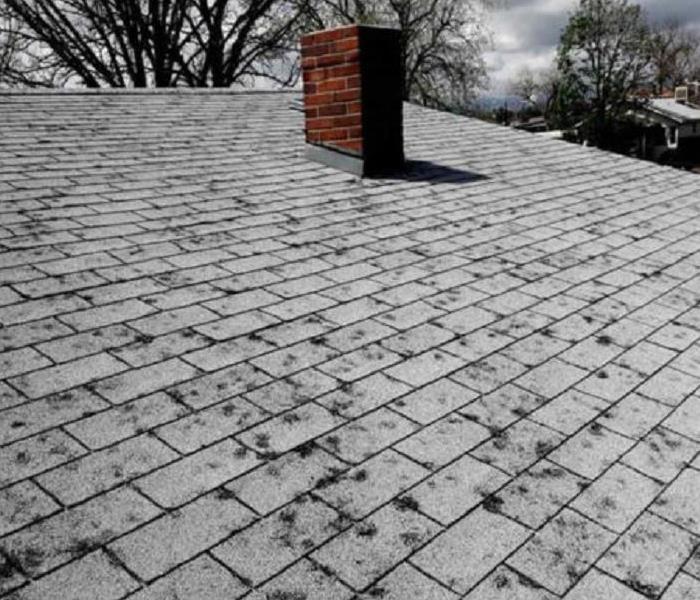Four Types of Storm Damage: 1. Hail
2/17/2021 (Permalink)
Storm Damage takes on different forms and is a threat to the homeowner and their abode. Where you live and the type of climate in your region of the country will determine the types of storms you are most likely to see. Blizzards are more prevalent in the Northeast, while tornadoes are more prevalent in the Mid-West. That being said, southeast Texas is in the midst of a severe winter storm with cold temperatures to match. This rare weather event has been described as a once in 100 year event. As of the date of this blog (2/17/21), over 4 million Texans in the southeastern part of the state are without power due to this winter weather event.
Growing up in the Phila region and residing in that area for most of my life, tornadoes were a threat, but only on a rare occasion. When I moved to Nashville, TN in 2009, tornado warnings and watches were a frequent occurrence during tornado season. Recorded data since 1995 shows that the Greater Nashville area averages 30 tornadoes a year. Scary to say the least.
Should your home be in the direct path of a tornado, there is a good likelihood that your home will not survive the event. However, damage could occur even if you are not in the direct path, or should a warning or watch be in your immediate area. Lightning storms typically precede a tornado event, and in many cases, these storms produce hail. Hail can cause severe damage due to the size, force and volume of hail stones coming down on the home.
The most notable forms of damage from hail are roof, siding and window damage. Hail can penetrate roofing materials and sheathing and can also break window glass and dent or crack siding materials.
Noted below are the four (4) major types of storm damage and are categorized as follows:
1) Hail
Hail is a form of solid precipitation & consists of balls or irregular lumps of ice. Hailstones usually measure between 0.2 in. & 6 in. in diameter.
Hailstones generally fall at higher speeds as they grow in size, though complicating factors such as melting, friction with air, wind, & interaction with rain & other hailstones can slow their descent through the Earth's atmosphere.
Severe damage to homes can occur to the roof, siding and windows.
2) Wind
3) Impact
4) Water
The other three will be discussed in future blogs, so stay tuned...





 24/7 Emergency Service
24/7 Emergency Service
